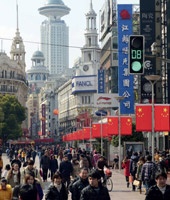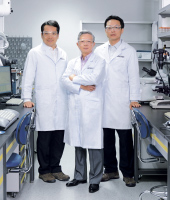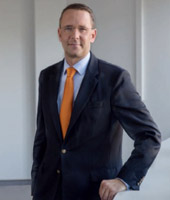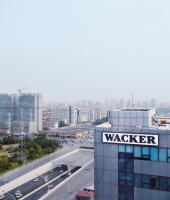A century ago, WACKER was registered in Traunstein, Bavaria, under the company name “Dr. Alexander Wacker, Gesellschaft für elektrochemische Industrie, KG.” The next year, in October 1915, hundreds of workers started constructing a chemical plant in Burghausen. The first railcar, festively decorated, left with its cargo of acetone on January 19, 1917, headed for Leverkusen, 648 kilometers away.
Focused initially on the German market, WACKER evolved over the following decades into an increasingly global chemical company. Today, we generate 85 percent of our sales outside of Germany. Asia is now the key market for WACKER, accounting for over 40 percent of sales.
In this annual report, we explain how we provide our Asian customers with products, how WACKER helps them with solutions that enhance their success, what paths we are taking to reinforce our presence in Asia, and what we understand by the phrase “Think globally, act locally.”
-
1914
Establishment

Establishment of “Dr. Alexander Wacker, Gesellschaft für elektrochemische Industrie, KG,” in Traunstein, Bavaria. In Munich, WACKER occupies premises in Karlstrasse.
-
1916
Construction of the Burghausen Plant
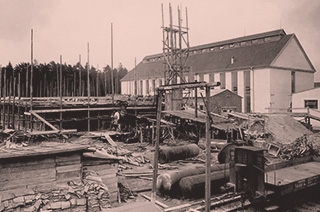
The first facility is a factory for producing oxygen. A rail line connecting Pirach and the WACKER plant is built. The 20 employees of the Munich-based technical office move to Karlstrasse 10.
-
1917
Start of Acetone Production

Based on the 1st WACKER process, acetone is produced via acetaldehyde and acetic acid to make synthetic rubber. The first railcar carrying 15 metric tons of acetone leaves for Leverkusen.
-
1918
Building the Alz Canal
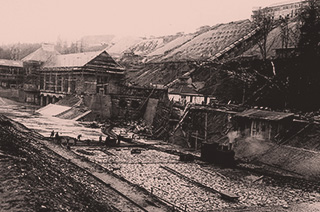
“Alzwerke GmbH” is founded as work on constructing the Alz power station begins. The Consortium moves from Nuremberg to Zielstattstrasse 20 in Munich.
-
1921
New Shareholder
An increase in capital stock sees “Farbwerke Hoechst” acquiring a 50-percent stake.
-
1922
The “Alzwerke” Power Station Starts Operating
Completion of the 16-km Alz Canal, still used by the Alzwerke power station to generate electricity.
-
1924
Product for Synthetic Fibers
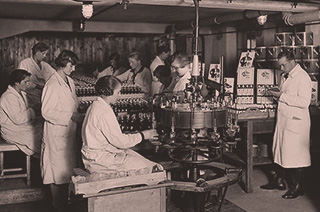
First-ever production of polyvinyl acetate and polyvinyl alcohol at the Consortium based on an invention by Dr. Willy O. Herrmann. The photograph shows the Burghausen operations for the small-scale filling of acetic acid as an end product.
-
1928
Social Benefits
Establishment of the Munich-based Pension Fund for Salaried Staff (“Pensionskasse von Angestellten der Dr. Alexander Wacker Gesellschaft für elektrochemische Industrie GmbH”).
-
1930
Start of VINNAPAS ® Production
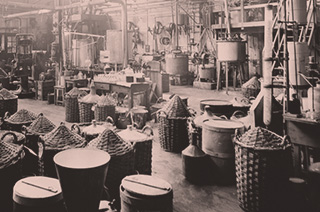
Following testing at the Consortium, the first polyvinyl acetate production plant in Burghausen starts operating.
-
1935
Patent Application

Patent application for a suspension polymerization process to manufacture PVC. Dr. Herbert Berg, who later became managing director, developed the process at the Burghausen plant’s Lab X.
-
1947
Research Work
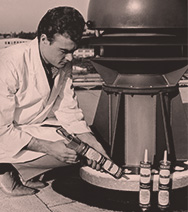
Dr. Siegfried Nitzsche begins research work on silanes and silicones. The photograph shows the first silicone cartridges containing sealants.
-
1953
Innovations
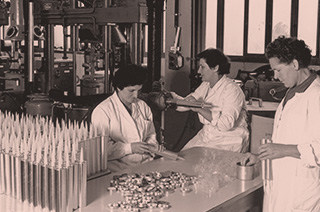
Semiconductor-grade hyperpure silicon produced for the first time under the direction of Dr. Eduard Enk at the Burghausen site. The production of silicone rubber starts here, too. Dr. Max Ivanovits develops dispersible polymer powder.
-
1957
Inventive Genius
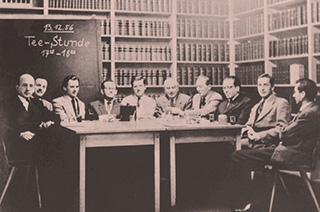
Patent application for the 2nd WACKER process concerning the cost-effective production of acetaldehyde by direct oxidation of ethylene. The photograph shows the inventors – Consortium chemists.
-
1965
Expansion
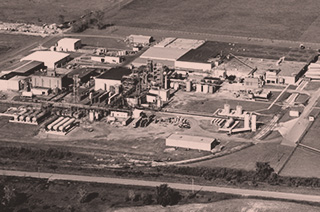
Entering the US market by establishing Wacker Chemicals Corp., New York. The aerial photograph shows the early plant in Adrian.
-
1968
Major Subsidiary
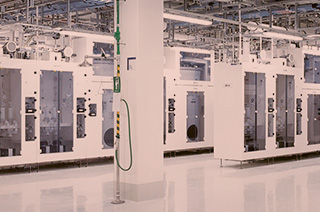
Establishment of Chemitronic GmbH in Burghausen. The fully owned WACKER subsidiary is the forerunner of Siltronic AG.
-
1983
Asian Markets
Founding of Wacker Chemicals East Asia Ltd., Tokyo, Japan. A counterpart in Singapore is established a year later.
-
1990
Biotech Production
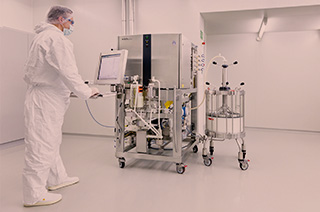
Start of biotech production at the Burghausen plant. Compounds that were previously too complex or impossible to achieve are produced in the new biotech research center’s reactors.
-
1998
Establishing a Site in Saxony
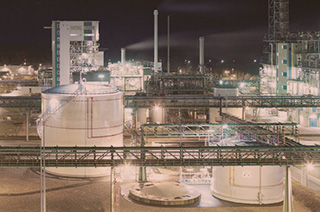
The Nünchritz plant in Saxony is purchased for WACKER SILICONES. Wacker Metroark Chemicals is founded in India.
-
2001
New Structures
Dr. Alexander Wacker Familien GmbH acquires the majority of votes; Hoechst AG still has a stake.
-
2005
Helping Others Help Themselvess
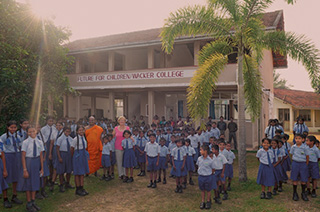
Establishment of WACKER HILFSFONDS, a charitable relief fund for the victims of natural disasters.
-
2005
WACKER Becomes a Stock Corporation
The stake held by Hoechst is sold to a holding company controlled by the Wacker family.
-
2006
IPO
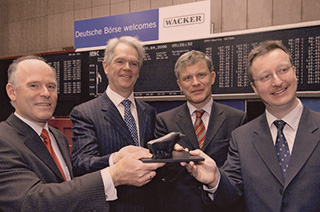
IPO in Frankfurt
-
2010
Zhangjiagang
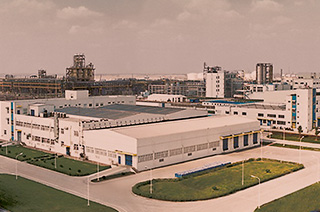
At Zhangjiagang, WACKER and Dow Corning open China’s largest integrated silicone site. The facilities cover roughly one square kilometer.
-
2011
Groundbreaking in Tennessee
Start of construction on a fully integrated polysilicon production site in the USA.
-
2012
China Headquarters
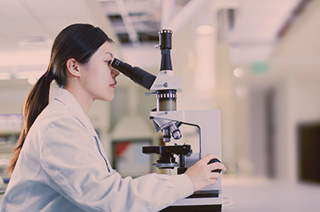
Opening of the Shanghai Center as the company’s Chinese headquarters. Read more in chapter The Journey into the Future
-
2013
Expansion in China
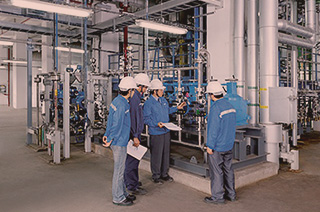
New facilities for vinyl acetate-ethylene copolymer (VAE) dispersions and polyvinyl acetate (PVAc) solid resins go on stream in Nanjing, China. Read more in chapter The Journey into the Future
One hundred years of WACKER: changing times that span two world wars, the German economic miracle, globalization and digitization. Going Global from Bavaria – in 100 Years
Read more: www.wacker.com/100years
